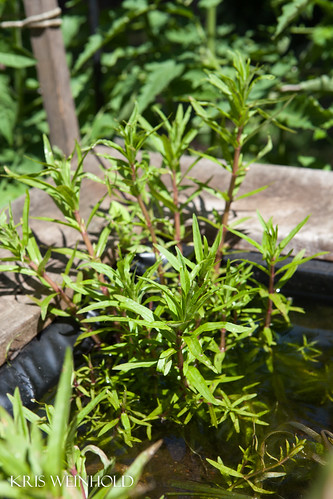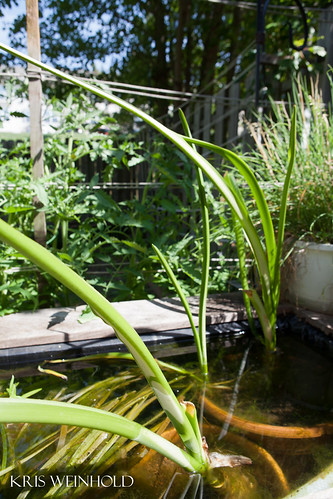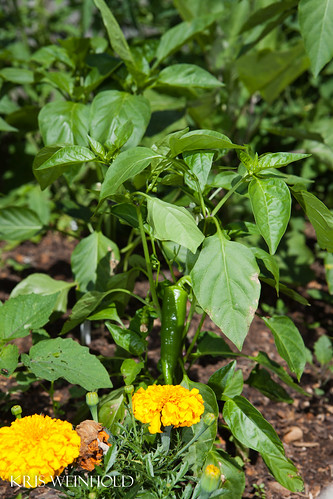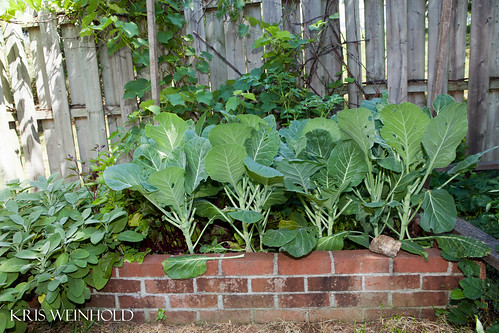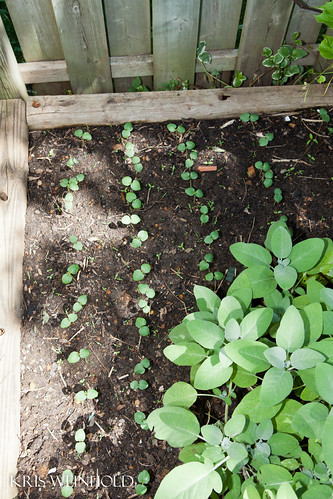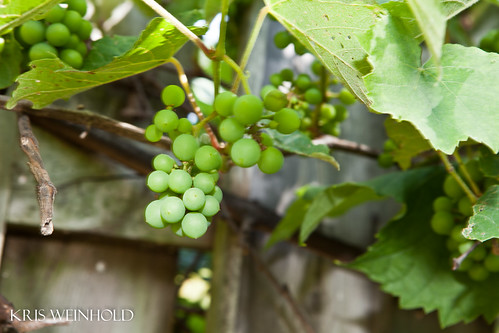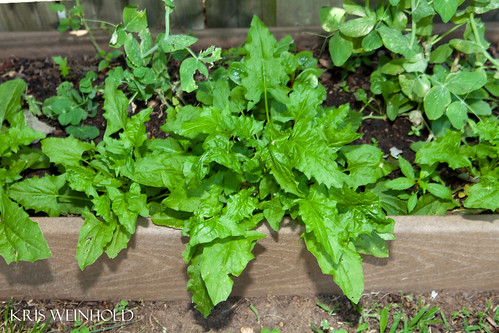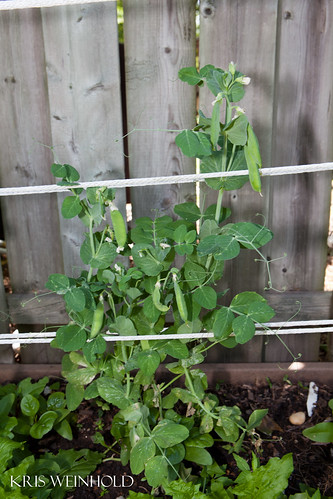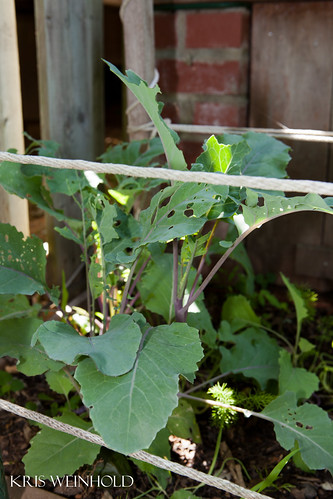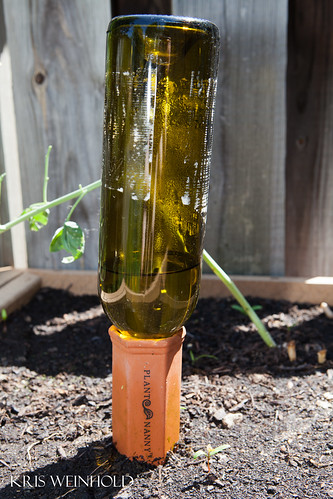2012: Pond and Garden
June 10th, 2012The garden is in full swing right now, doing wonderfully thanks to the well-balanced weather of rain and sun that we’ve had in the mid-atlantic region. My raised brick pond is taking on a more natural look. Pogostemon yatabeanus has reseeded itself all throughout the pond from last year, which was a definite surprise.
I also repotted my Crinum americana, which had become so root-bound that I had a terrible time removing the previous pot and separating the plant. I hope they’ll survive the process, as they are no where near as prolific as they have been in previous years.
Otherwise, the only other plant in the pond are some Mesanthemum sp. Africa that I’m hoping will eventually flower so my friend can try to properly ID it.
Elsewhere in the garden, my vegetable plants are all going strong. I got my sweet potato slips (Georgia Jet variety) in our boxes a few weeks ago, and they’re starting to take off.
Our ground/husk cherries have already provided several handfuls of sweet yellow cherries that my wife and I have snacked on while watering.
Some of our heirloom pepper plants from Seed Savers (highly recommended source for transplants and seeds) have peppers forming, but it’ll still be awhile before we harvest anything.
We’re growing three varieties of eggplant this year: regular, neon purple, and white globe. I been manually picking off the flea beetles to prevent the leaves from getting too much damage, and in return all three plants have begun to set flower so it’s a matter of time before fruit appear.
We have about a dozen different varieties of tomatoes growing this year throughout the garden. My most anticipated variety is Kellogg which was an absolutely phenomenal beef-steak style tomato that we grew last year. It stays bright orange, is pretty firm for a large tomato, and is sweet as can be!
What started as an impulsive buy of a market-pack outside of our organic market has turned in a really nice harvest of collards. Our favorite use has been to use the leaves as a wrap, in place of a soft tortilla. I’ve had to begin manually picking off the hungry green caterpillars that had been deposited on the leaves by white moths that regularly visit, but it hasn’t gotten too bad yet.
We did have an excellent harvest of white icicle and red radishes, where we ate more of the radish greens than we did the tuber. In their place, I’ve planted two varieties of okra that are beginning to pop up in the warmer weather. I still need to thin out the rows a little bit this week.
Our grape vine is going strong with lots of grape clusters formed. I’m debating whether this will be the year that I put up some bird netting to save the grapes for us. The bird netting worked fabulously for our strawberries this year, but I do worry about having birds and other critters getting trapped in the fabric.
We eat a lot of greens, and this year, we’re trying a new one in our garden: Strawberry Spinach (above). This plant should eventually produce stalks of red little berry clusters, but the leaves are suitable replacements for spinach, and tolerate the heat a bit better.
The peas are trellising and starting to produce pods. I doubt we’ll have enough to make any substantial pea dish, but they’re another nice treat in the garden. Malabar spinach is planted beneath the peas, so as the hot weather approaches, that red vine will overtake the peas on the support lines, and we’ll have lots and lots of greens for cooking dishes.
We’ve also planted kohlrabi for the first time ever. It looks a little leggy to me where it’s planted, but hopefully it’ll form that alien shaped base as the summer moves along.
Did I mention that we love greens? Our rainbow chard has been prolific, producing seemingly new big leaves every day for harvest. There’s nothing quite like walking out back to harvest dinner!
Finally, we’ve been experimenting with these terra-cotta “Plant Nanny” spikes in several of our containers. I try to water regularly, but containers often seem to dry out on our patio unless they’re watered twice a day. With these spikes, water is absorbed through the terra cotta into the soil as the soil dries out. For medium pots that only have a single plant in them, they seem to work pretty well. Larger areas, like shown above, would probably need several spikes to make any kind of a noticeable impact.
